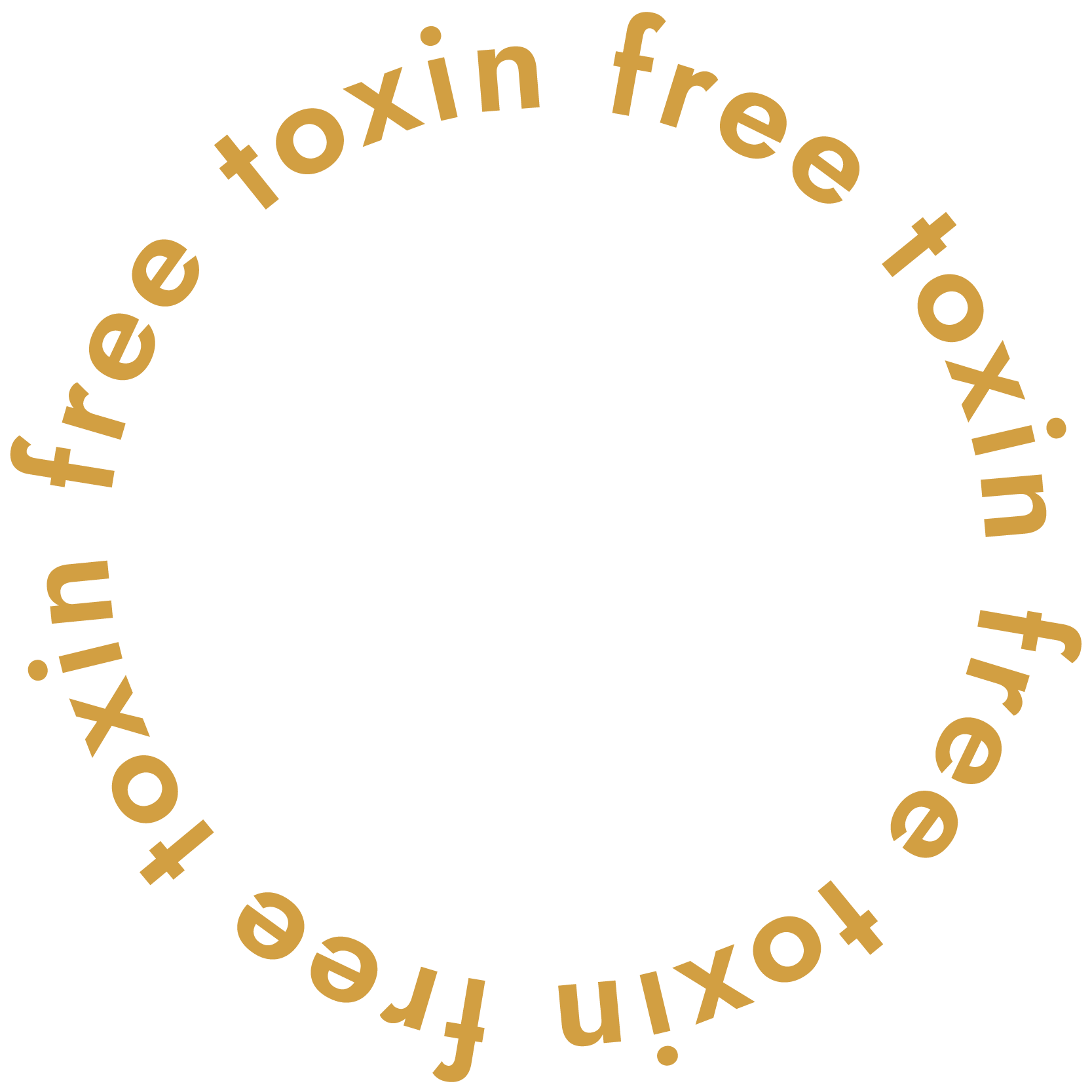On today’s “Ask Me Anything” episode, I’m doing a deep dive on phenoxyethanol. What is phenoxyethanol and why is it on my avoid list?
Why are a lot of so-called “clean” brands using it? It can be confusing because there is a naturally occurring version of phenoxyethanol found in chicory and green tea. But that natural version is not what is being used in our cosmetics.
I’m a big believer in informed consent. And unfortunately, too many companies are trying to pull the wool over our eyes with this toxin.
One company goes so far as to say that the phenoxyethanol in their product is derived from green tea. In all actuality, the synthetic form of phenoxyethanol is made in a laboratory by reacting phenol with ethylene oxide, which is a human carcinogen.
Phenoxyethanol is everywhere—from your moisturizers to sunscreens. Preservatives play a critical role in keeping water-based products from growing moldy. So we need them, but we don’t need this one.
In this episode, you’ll learn:
- What phenoxyethanol is
- My process when considering ingredients on the avoid list
- Consumer warnings about products with this ingredient
- The cumulative dangers presented by phenoxyethanol in small amounts in multiple products
- Toxin-free alternatives
What is Phenoxyethanol?
Phenoxyethanol is a preservative. It controls and prevents the growth of yeast, bacteria, and mold. It extends the shelf life of a product. When the consumer purchases it, they can typically keep it for up to 12 months.
If you’re using a water-based product, it’s really important to have a preservative in there to protect against the growth of microorganisms. No preservatives means you have to keep those products in a refrigerator and they only last a short amount of time to prevent mold from growing.
Preservatives are necessary, but there are safe and clean ones out there. Phenoxyethanol isn’t one of them.
Some common products you’ll find this ingredient are:
- Moisturizers
- Body soaps
- Facial cleansers
- Sunscreens
- Hair products
- Cleaning supplies
- Laundry detergents
It’s in almost everything!
Why Do Companies Still Use It?
I’ve talked to a lot of companies and usually get four answers as to why they still use phenoxyethanol.
- The amount of Phenoxyethanol is super small. The problem is it’s still carcinogenic.
- There isn’t a safe alternative. The truth is they’re cheaper to use and convenient. There are tons of other companies out there that are using clean alternatives.
- They only use a 1% concentration in their product formulas and that’s a safe amount to use according to the European Union. If you look at what was happening behind the scenes, I think the EU was being pressured by companies saying there isn’t a good alternative. The cumulative effect of using multiple products with 1% concentration wasn’t taken into consideration.
- Phenoxyethanol is better. Yes, it’s better than formaldehyde-releasing preservatives or parabens. But I think it’s a copout because it’s better, but it’s not the best.
Safer Preservative Alternatives
So what are some safer alternatives you can look for in products?
- Sodium benzate
- Etheylhexerglytherine
- Radish root ferment filtrate
I will always avoid Phenoxyethanol because it’s an unnecessary ingredient that causes more harm than good. There are clearly other alternatives out there.
I’ve used products without it that are AMAZING. One is Primally Pure. Save 10% off Primally Pure with code WENDYKATHRYN.
FAQs About Phenoxyethanol
Is phenoxyethanol harmful to skin?
Phenoxyethanol is a synthetic preservative commonly used in skincare, cosmetics, and personal care products to prevent bacterial growth. In low concentrations, it’s generally considered safe. The problem comes up when you’re using that low concentration in every single skincare product you use.
Is phenoxyethanol a hormone disruptor?
In the amount of research I’ve done on this product, I didn’t find any legit evidence of it being an endocrine (hormone) disruptor.
Can phenoxyethanol affect fertility?
There’s no direct evidence that phenoxyethanol affects human fertility.
Studies mentioned in episode:
Related Episodes:
- Episode 26: Detox Your Makeup: My Truly Clean Cosmetics Must Haves
- Episode 57: 5 Reasons I Don’t Recommend Relying on Ingredient Apps (Yuka, Think Dirty, EWG)
- Episode 127: How Manufacturers Sabotage Clean Skincare Formulas with Julie Longyear at Blissoma
IF YOU ENJOYED THIS WEEK’S EPISODE, PLEASE:
- Leave a positive review or rating wherever you listen
- Shop toxin-free products on my Toxin Free Shopping Guide
- Download your free Tossing the Toxins Guide
- Post a screenshot, what you loved, and tag me on Instagram @wendy_toxinfreeish
- Want to ask me a question to get answered on the podcast? Leave me a voice message here.


+ show Comments
- Hide Comments